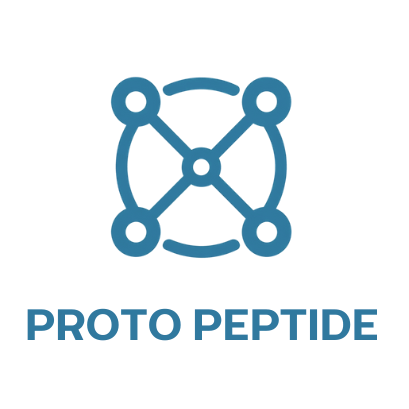Inflammation Under the Microscope: Peptide Blends for Laboratory Pain Models
In the field of experimental therapeutics, inflammation remains one of the most studied biological responses. Whether acute or chronic, inflammation plays a central role in pain signaling, tissue damage, and recovery timelines. As research evolves, peptide blends—particularly those containing GHK-Cu, TB-500, and BPC-157—are gaining traction for their potential to modulate inflammation and pain responses in laboratory models.
Understanding Inflammation and Pain Pathways
Inflammation is the body's natural defense mechanism against injury or pathogens. In lab-based research, pain models often simulate these conditions to study how cells, tissues, and biochemical pathways respond to injury. These models have allowed scientists to explore the roles peptides may play in suppressing pro-inflammatory cytokines, enhancing tissue repair, and supporting angiogenesis and cellular migration.
The Synergy of Peptide Blends
Blends such as GHK-Cu + TB-500 + BPC-157 are being studied for their complementary properties. GHK-Cu is associated with modulation of oxidative stress and immune responses; TB-500 (Thymosin Beta-4 fragment) has demonstrated potential in tissue regeneration and inflammation suppression; and BPC-157, a stable gastric peptide, is linked to enhanced healing and protection against cellular stress in experimental models.
Application in Pain Models
Laboratory pain models involving induced muscle, nerve, or joint injury are used to evaluate the efficacy of therapeutic agents. In these settings, peptide blends have shown potential in reducing local swelling, improving vascular response, and normalizing inflammatory markers. These effects suggest possible roles in modulating pain responses through biological repair rather than simple analgesia.
Ongoing Research and Ethical Considerations
While promising, it is important to recognize that these findings remain within preclinical and experimental phases. The peptides discussed are not approved for human use and are intended solely for controlled research settings. Ongoing studies are essential to better understand their mechanisms and long-term effects in laboratory environments.
Disclaimer
This content is for informational and research-related purposes only. The peptides mentioned in this article are intended strictly for use in controlled laboratory settings by qualified professionals. It is not approved for human or veterinary use. Always follow your institution’s guidelines and consult safety data sheets (SDS) before handling any research chemical.
